Hendrix, SRV, Satriani, Vai, Bonamassa, Fusciante... just a few of so many great blues and rock guitarists that are heard using this line in some form or other. Work it up to blistering speed for max effect - but take your time doing so, preferably using a metronome/click to monitor your progress. It also sounds great as an 'endless' lick while adding the envelope of a Wah Wah pedal to make it scream.
Enjoy and thanks for sharing!
Post questions and comments in the thread below.



















